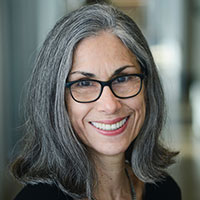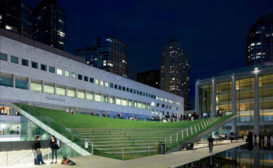ARTICLES
450 West 37th Street in New York City
WASA/Studio A and H3 Hardy Collaboration Architecture
Read More
LAPD Motor Transport Division + Main Street Parking
New to Downtown L.A.’s developing Gallery Row, John Friedman Alice Kimm Architects’ Main Street Parking + Motor Transport Division building for the Los Angeles Police Department sets a glowing standard for utilitarian civic architecture.
Read More
Copyright ©2024. All Rights Reserved BNP Media.
Design, CMS, Hosting & Web Development :: ePublishing

